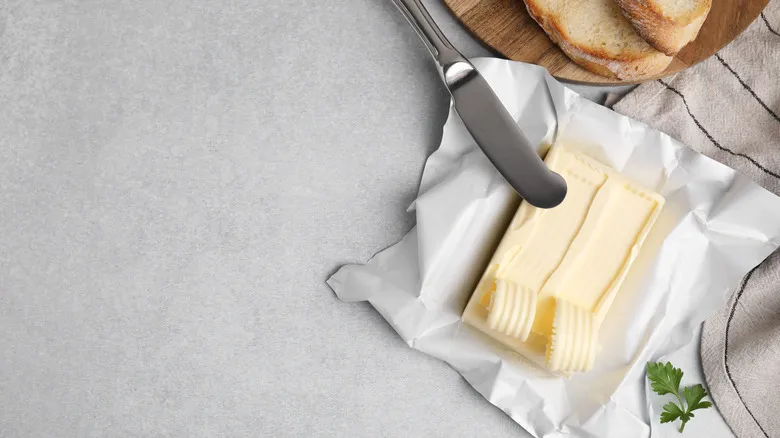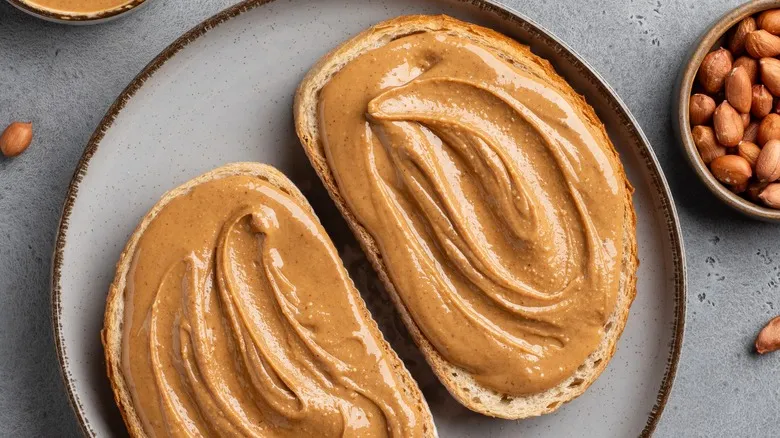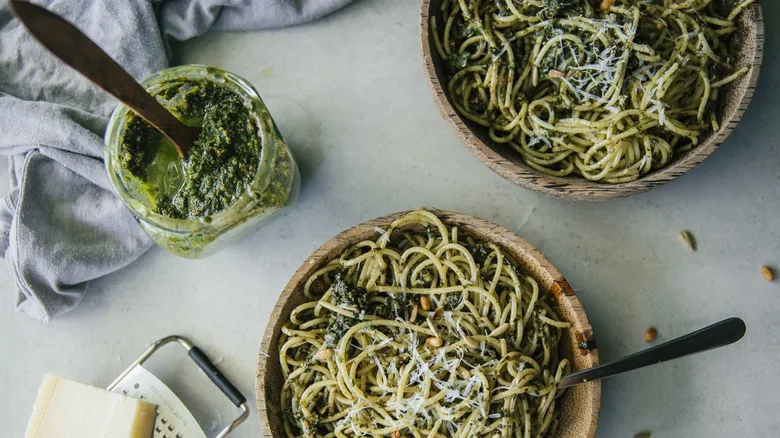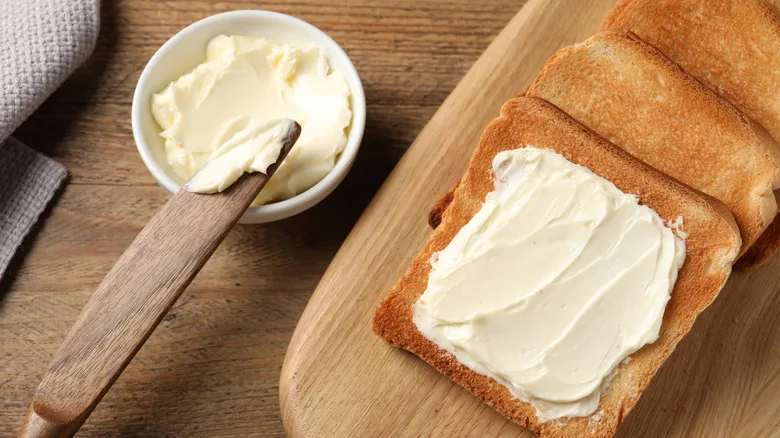Other tools to soften cold butter

Sure! Here’s a rewritten version of your text:
What if you find yourself with cold butter and no vegetable peeler? Don’t worry! There are several kitchen tools that can effectively solve this problem. For instance, a microplane can finely shred your cold butter into small, meltable strips. This method is particularly useful if you want the butter to melt quickly and evenly on your toast, as the microplane's small grating surface allows for precise results. In fact, it's commonly used to shave delicate ingredients like truffles or nutmeg, which require accuracy. Just grate the butter directly onto your toasted bread, and voilà! You’ll have a perfectly buttered slice.
Alternatively, you can use a box grater in a similar way, though it may not provide as even coverage on your bread. You can choose between the small or large grates; however, the larger one will create thicker curls of butter that may take longer to melt completely. Grating butter is also a smart trick for baking, resulting in flakier pastries.
If you don’t have any of these tools on hand, you can still apply the same principle. Since butter melts more quickly when cut into smaller pieces, slice it into thin strips before placing it on your toast. If you’re toasting two slices of bread, you can place the butter tabs between them. The heat trapped between the slices will help the butter melt faster, effectively buttering both pieces. Just remember, never use a microwave — it’s the least effective method for softening cold butter.
Recommended

The Unexpected Ingredient That Gives Peanut Butter Sandwiches A Fancy Twist

The Pantry Staple That Removes Pesky Stains From Your Decanter With Ease

Change Up Your Pesto By Substituting Basil With One Flavorful Ingredient

How To Store Cilantro So That It Stays Fresh
Next up

